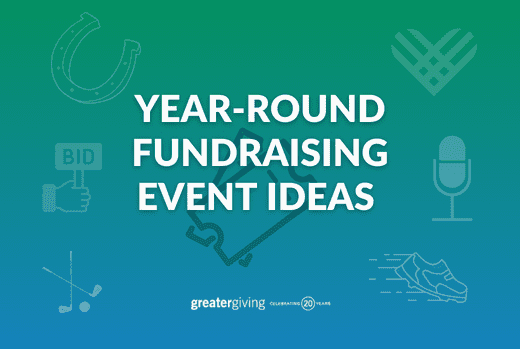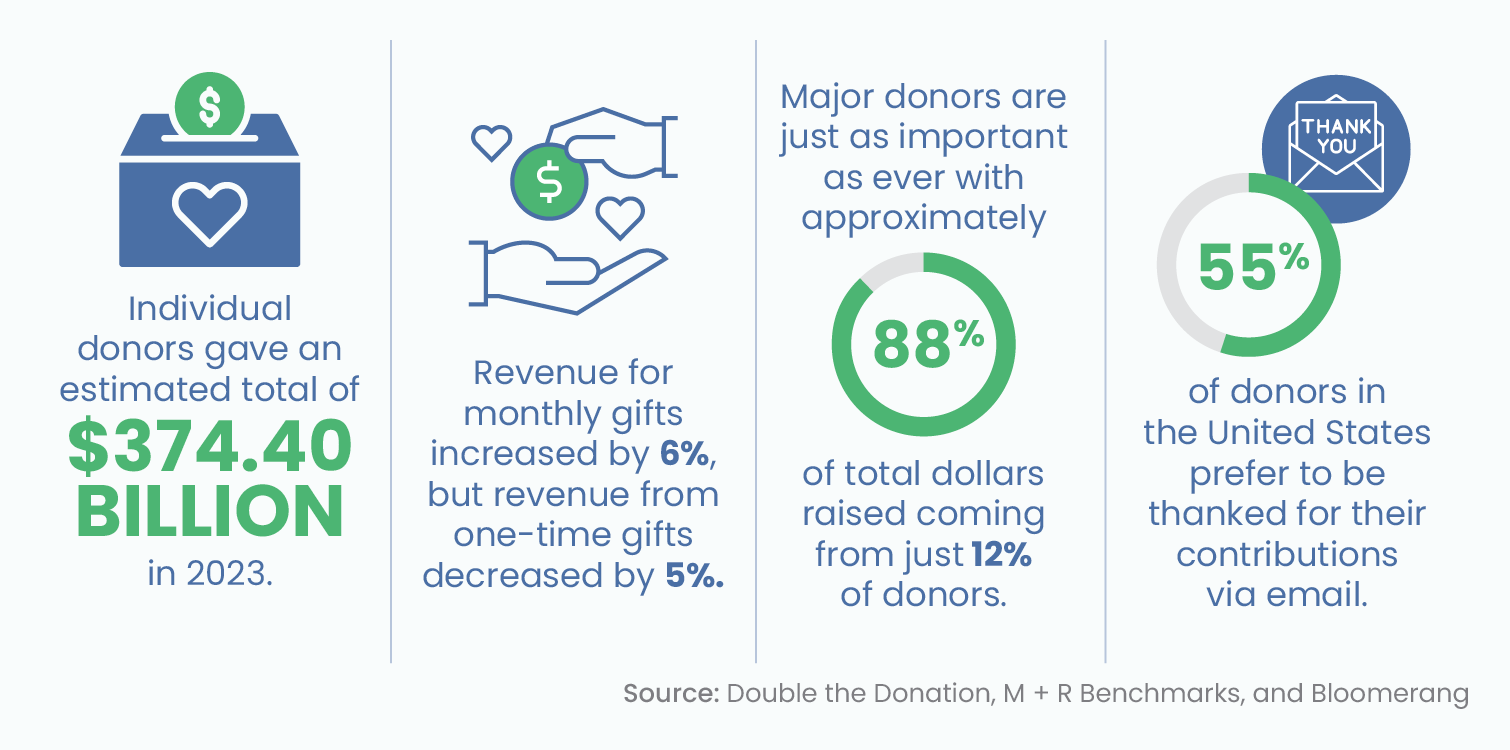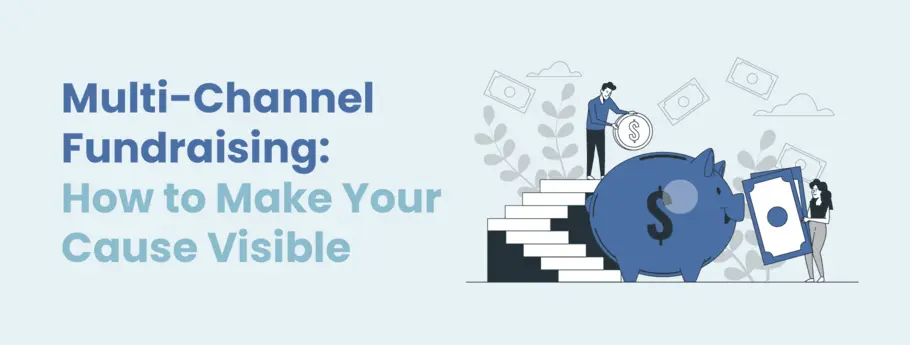Fundraising Consultant: Expert Support to Improve Your Nonprofit's Fundraising
Fundraising Consultant: Expert Support to Improve Your Nonprofit's Fundraising
Blog Article
The Role of Area Involvement in Nonprofit Fundraising: Structure Lasting Relationships for Sustainable Assistance
Neighborhood interaction is progressively recognized as a crucial part of successful not-for-profit fundraising. By promoting genuine connections with local stakeholders, companies can grow depend on and loyalty, which are crucial for lasting assistance. Nevertheless, the approaches and strategies employed to engage neighborhoods vary widely, increasing crucial inquiries concerning efficiency and influence. What are the very best techniques for cultivating these crucial links, and how can nonprofits gauge their success in this arena? Comprehending these characteristics could dramatically influence the future of fundraising efforts and the general goal of nonprofit organizations.
Comprehending Area Involvement
Area involvement is a crucial part of successful not-for-profit fundraising initiatives. Nonprofits should recognize crucial stakeholders-- such as neighborhood members, neighborhood services, and other companies-- to create reliable engagement strategies.
Efficient community involvement is predicated on energetic listening and responsiveness to the needs and passions of the neighborhood. This process includes soliciting responses, recognizing neighborhood dynamics, and making sure that the organization's objective straightens with local top priorities. Involving the community can take numerous forms, including public conferences, volunteer possibilities, and collaboration campaigns, each designed to encourage participation and financial investment in the organization's goals.
Additionally, neighborhood interaction need to be come close to as a continuous dialogue instead of an one-time initiative. By promoting an inclusive atmosphere where area voices are listened to and valued, nonprofits can build a strong structure for future fundraising endeavors. Ultimately, a deep understanding of neighborhood involvement empowers organizations to produce genuine links that boost their overall efficiency and sustainability.
Advantages of Solid Relationships
Solid relationships developed with area engagement yield many advantages for not-for-profit fundraising efforts. Primarily, these partnerships foster trust and reputation, important components in motivating donors to contribute. When potential supporters see a nonprofit actively involved in their community, they are most likely to count on its mission and impact.

In addition, these partnerships help with reliable communication. Nonprofits can leverage their connections to share tales of effect, updates, and requires, guaranteeing that fans stay enlightened and engaged. This open line of interaction not only enhances bonds yet also urges word-of-mouth promotion, increasing the nonprofit's reach.
Finally, strong neighborhood connections can attract new companions and sponsors. Individuals and companies are extra inclined to line up with companies that show meaningful neighborhood participation, offering extra resources and assistance that can considerably improve fundraising capabilities. Therefore, growing durable relationships with neighborhood involvement is integral to a nonprofit's long-lasting fundraising success.
Techniques for Reliable Involvement
Just how can nonprofits successfully engage their communities to enhance fundraising initiatives? Routine updates, engaging content, and calls-to-action can galvanize neighborhood rate of interest and participation.
Second, organizing neighborhood events, such as workshops, volunteer opportunities, or fundraising drives, promotes in person interaction, allowing nonprofits to display their effect and efforts. These occasions not only elevate funds yet likewise grow connections and allow area members to engage straight with the cause.
Third, implementing personalized interaction approaches can improve interaction. Tailoring messages to particular donor sections based on rate of interests and past payments cultivates a sense of belonging and financial investment in the organization's goal.
Last but not least, developing collaborations with local companies and neighborhood leaders can enhance outreach initiatives. Joint initiatives can boost visibility and credibility, demonstrating a cumulative commitment to the area's well-being. By integrating these approaches, nonprofits can build long-term relationships that improve fundraising initiatives and drive lasting support.
Determining Involvement Success
While engaging the community is vital for successful nonprofit fundraising, determining the performance of these engagement efforts is similarly vital. Establishing clear metrics enables companies to analyze how well they are getting in touch with their audience and accomplishing their fundraising goals. Trick efficiency indicators (KPIs) such as contributor retention prices, volunteer engagement levels, and interaction on social media systems provide concrete information for evaluation.

Frequently evaluating these metrics makes it possible for companies to pivot their strategies when essential, making sure that community involvement stays straightened with their general mission. In addition, sharing these results with stakeholders cultivates transparency and builds depend on, encouraging more community participation. Ultimately, a durable dimension framework not just informs future fundraising efforts yet likewise reinforces this post the connection check out this site in between the nonprofit and its advocates, preparing for sustainable success.
Situation Researches in Neighborhood Influence
Numerous situation researches show the extensive impact that neighborhood engagement can have on not-for-profit fundraising success. One notable example is the "Something to chew on" initiative, where a neighborhood food bank partnered with companies and colleges to host community suppers. These occasions not only elevated funds but likewise fostered a feeling of belonging among individuals, considerably enhancing benefactor retention rates.
Another compelling instance is the "Green Spaces Task," which involved local citizens in the revitalization of metropolitan parks. This effort not only garnered financial backing from regional services however additionally cultivated a volunteer base that contributed to ongoing upkeep and programming. The feeling of ownership and pride among neighborhood participants converted right into continual payments.
In the world of arts, the "Art for All" project successfully engaged local musicians and clients to develop joint art installments, bring about raised presence and contributions for a neighborhood arts not-for-profit.
These examples highlight that when nonprofits prioritize area participation, they can develop long-term partnerships that improve fundraising efforts, guaranteeing sustainable support and cultivating a lively neighborhood culture. browse around these guys Such instances show that neighborhood engagement is not just an approach yet an important pillar of not-for-profit success.
Final Thought
In verdict, area engagement is integral to the success of not-for-profit fundraising efforts. Inevitably, a robust structure of area support not just amplifies fundraising possible but additionally grows a society of partnership, essential for accomplishing long-lasting organizational goals and sustaining significant effect. fundraising consultant.
Nonprofits must determine key stakeholders-- such as neighborhood participants, regional companies, and various other organizations-- to produce efficient interaction approaches.

In final thought, neighborhood interaction is essential to the success of nonprofit fundraising initiatives.
Report this page